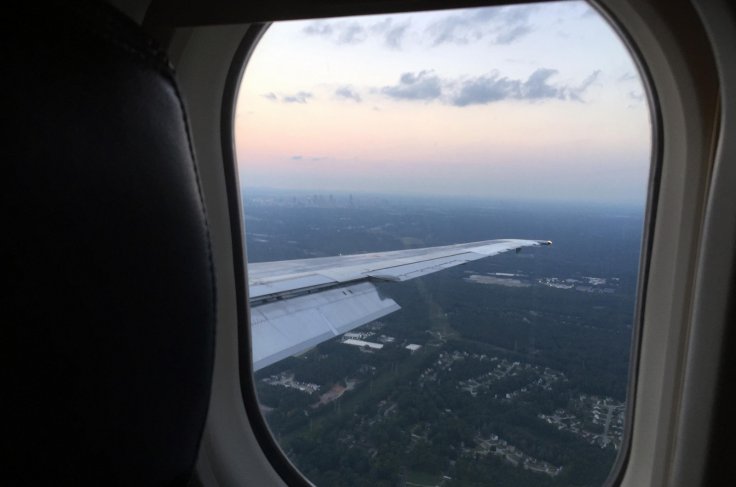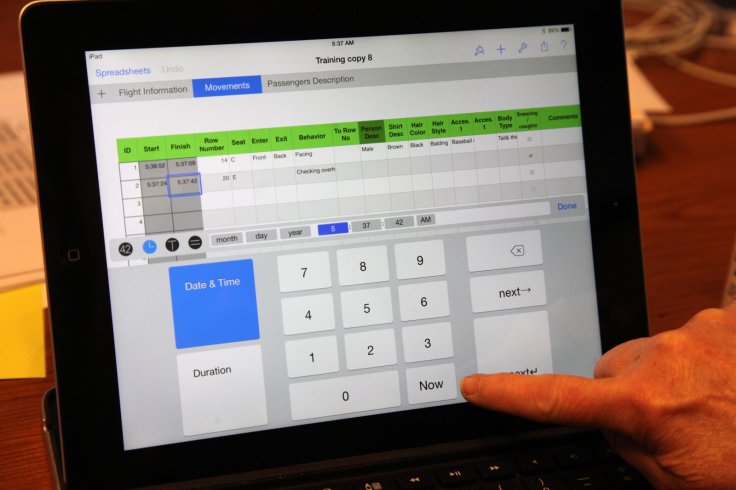
A recent study has found that co-passengers in a flight are prone to catching cold or other infection from the sick person if they are in the same row or in the adjacent row.
US researchers from Emory University and the Georgia Institute of Technology studied how an infectious passenger with influenza will most likely transmit the infection to co-passengers in the vicinity but not far away.
The study sought to assess rates and routes of possible infectious disease transmission during flights and examined passenger movements from 10 transcontinental flights to estimate the likelihood of common respiratory infections like SARS or influenza, which are spread by tiny droplets in the air.
"Passengers seated within one row and within two seats laterally of the infected passenger had an 80 percent or greater probability of becoming infected. For all other passengers, the probability of infection was less than three percent," said co-researchers Vicki Hertzberg from Emory University and Howard Weiss from the Georgia Institute of Technology, who led tracking efforts in their FlyHealthy(TM) study.

They also found that a sick person could infect an average 4.6 passenger per flight. "Thus, it is imperative that flight attendants not fly when they are ill," said the authors of the study.
The study also revealed that around 40 percent of passengers never leave their seats, 40 percent get up once during the flight, and 20 percent get up two or more times.

About 80 percent of passengers in aisle seats get up during flights, compared to 60 percent in middle seats and 40 percent in window seats and they are up for an average of five minutes, noted the study.
Traveling while sick is emerging as a major impediment to public health as three billion passengers travel by air per year. It is not possible to isolate a sick traveler nor to give an option to other travelers to be seated far away from the person. Many airlines provide surveillance guidelines to watch out for symptoms for at least two days after the journey.









